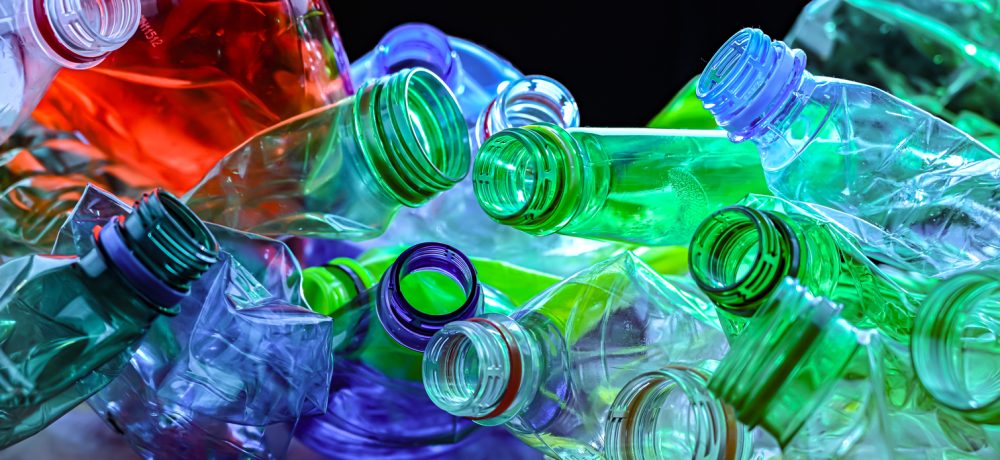Plastic definitions in UK regulation
Caroline Randall
Marketing Manager

Given the importance of plastic to everyday life and the issues surrounding both its use and safe disposal, it is becoming ever more important to clearly define what we mean by ‘plastic’. The word encompasses a wide range of materials, but understanding its meaning can vary depending on the audience. Establishing a consistent and shared definition across stakeholder groups is essential for effective communication, policy development, environmental regulation, and public understanding.
Technically, plastic is defined as a material composed of polymers that can be moulded during manufacturing and retain its shape afterward. As a finished product, it often includes additives such as flame retardants or colorants.
However, consumer perception of what plastic is, is largely influenced by environmental concerns often being perceived in a negative light, primarily because of the association with litter and accumulation in the environment due to its durability. These are traits that contribute significantly to environmental pollution when plastics are not responsibly managed. In response, a growing number of novel alternative materials have entered the market, including bio-based, biodegradable, and compostable plastics.
Furthermore, regulators and policymakers often define plastic differently depending on the specific objectives of each regulation, resulting in an inconsistent policy landscape. Definitions are deliberately tailored to serve distinct policy goals such as in UK legislation like the Single-Use Plastics Ban (SUPB) and the Plastic Packaging Tax (PPT) – both of which applies a nuanced interpretation of what constitutes ‘plastic’. While this approach may align with the intent of individual policies, the lack of a unified definition creates confusion not only for companies developing and manufacturing novel alternative materials.
The UK SUPB (administered by DEFRA and introduced in 2023) aims to minimise the impact of single-use plastics on the environment. The PPT (administered by the Treasury and introduced in
2021) aims to promote circularity and encourage recycling of plastics by incentivising the utilisation of recycled content in plastic packaging (whether this be mechanically recycled or, from 2027, chemically recycled content). Both base the definition of plastic on the polymer definition contained within the Regulation for the registration, evaluation, authorisation and restriction of chemicals (REACH), but with additions to fit the purpose and scope of the regulation:
• The SUPB describes plastic as a finished material consisting of a polymer, excluding natural
polymers that have not been chemically modified.
• The PPT describes a plastic as a finished material consisting of a polymer, excluding cellulosebased polymers that have not been chemically modified.
The key difference is that the PPT only excludes cellulose, whereas the SUPB goes further and exempts all natural polymers, but does not define what this actually encompasses. There is also a lack of clarity with neither regulation defining what constitutes ‘chemical modification’. In conclusion, while there are concerns that current definitions of plastic are unclear or unsuitable, a bigger issue lies in the inconsistent scope of regulations. As definitions shift depending on policy intent, a material may be classified as plastic under one regulation but not under another.
Please find the full article here .



